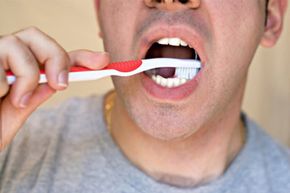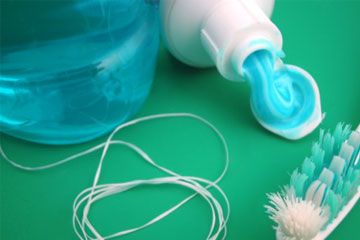In the early part of the 20th century, researchers concluded that adding up to 1.0 parts part million (ppm) of fluoride to drinking water had the desired effect of inhibiting tooth decay while minimizing undesirable effects, such as dental fluorosis (staining and pitting of tooth enamel). In 1945, the city of Grand Rapids, Michigan became the first city in the world to fluoridate its drinking water and to study the effects of drinking water fluoridation on tooth decay. After studying Grand Rapids school children for 11 years, the National Institute for Dental Research announced that rates of tooth decay had decreased by more than 60 percent [source: NIDCR]. Over the next several decades, more and more communities in the U.S. began adding fluoride to their drinking water. Today, drinking water fluoridation is a common, though not universal practice.
Opponents of fluoridation have long argued that the policy subjects US citizens to unknown health risks and smacks of nothing less than government mandated medication. They point out that ingesting excess fluoride over a long period of time can cause increased likelihood of bone fractures and bone pain. Furthermore, children 8 years old and younger who are exposed to fluoride are at increased risk for developing dental fluorosis [source: CDC]. On the other hand, fluoridation has inarguably lowered rates of tooth decay, and the Centers for Disease Control (CDC) cite water fluoridation as one of the 10 great public health achievements of the 20th century [source: CDC].
Advertisement
With everyone from the Environmental Protection Agency (EPA) to the American Dental Association lauding the benefits of fluoride, it's no surprise that manufacturers began to add fluoride to consumer products besides drinking water. Today, fluoride can be found in many products including toothpaste, mouthwash, juice, soda, dietary supplements and even certain pesticides. With all these additional sources of fluoride available to us, the time has come to ask how much fluoride is too much. Get the facts on fluoride on the next page.



